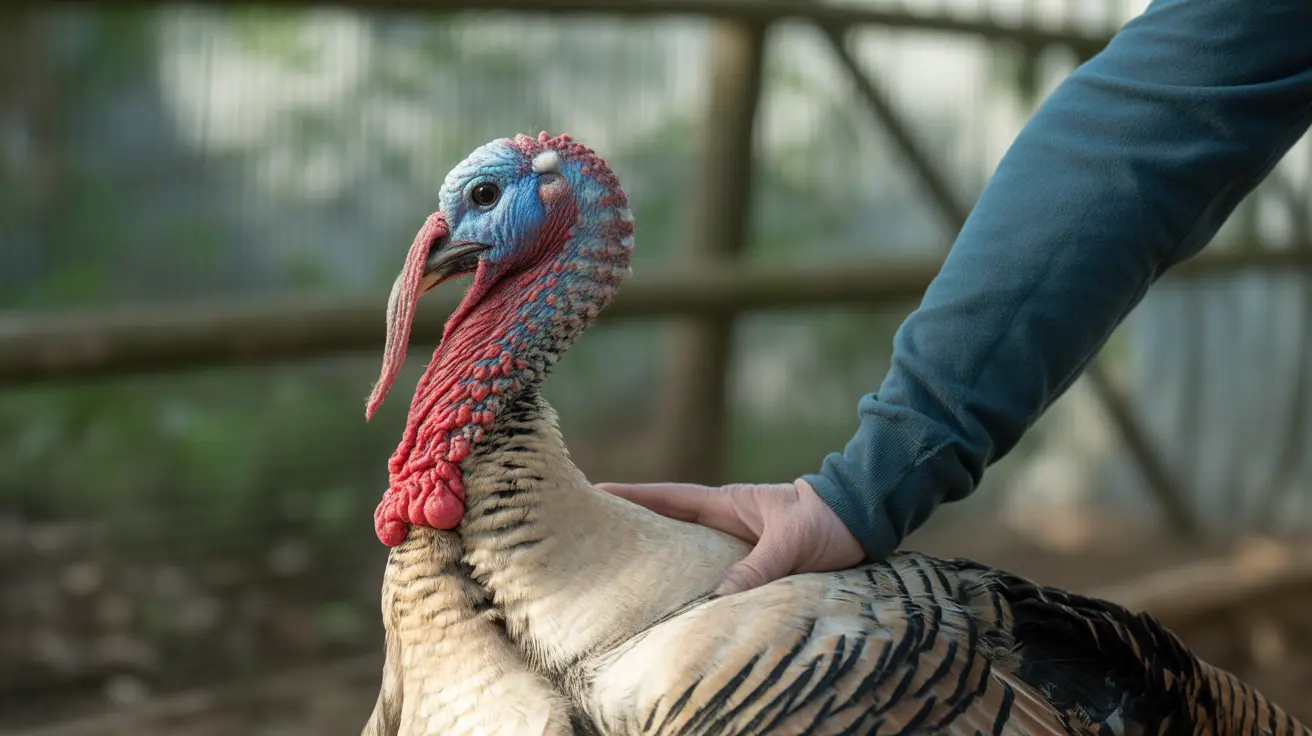The Origins and Characteristics of the Vizsla Dog Breed
The Vizsla is a unique hunting breed with a storied history that dates back over a thousand years. Despite modern assumptions about mixed breeds, the Vizsla is not the result of a recent cross between two other dogs. Instead, it is a pure and ancient breed developed by the Magyar warriors in Hungary to function as both skilled hunters and loyal companions.
Historical Background
Unlike designer crossbreeds, the Vizsla’s lineage stretches deep into history. These dogs were bred by Magyar tribes in the Carpathian Basin to serve as versatile hunting dogs. They appeared in ancient stone carvings that date back centuries, illustrating their long-standing relationship with humans.
Despite facing extinction at various points due to war and changing times, this noble breed was preserved through the dedication of Hungarian breeders. The American Kennel Club (AKC) officially recognized the Vizsla in 1960 as its 115th breed.
Physical Characteristics
- Size: Males typically stand 22–24 inches tall and weigh 55–60 pounds; females stand 21–23 inches and weigh 44–55 pounds.
- Coat: Short, sleek, and dense with golden-rust or red-golden tones.
- Features: Long ears, lean muscular frame, and expressive eyes.
- Lifespan: Often 12–14 years, though some sources cite a range of 10–14 years.
Temperament
The Vizsla is often referred to as a “Velcro dog” due to its strong attachment to its owners. These dogs are affectionate, loyal, and thrive on constant companionship. They are intelligent and quick learners, making them ideal for owners dedicated to training and engagement.
Exercise and Training
- Daily Activity: Requires at least 1–2 hours of rigorous exercise.
- Preferred Activities: Running, hiking, swimming, and agility training.
- Training Style: Responds best to positive reinforcement and gentle guidance. Harsh methods can lead to anxiety or withdrawal.
Behavioral Traits
Vizslas are born hunters with a high prey drive. They are alert and curious, making them enthusiastic about outdoor exploration. However, without adequate mental and physical stimulation, they can become bored and destructive. Early socialization and consistent, positive training are essential.
Compatibility
- Children: Generally good with older kids.
- Other Animals: Gets along well with dogs, but energy levels may be overwhelming for smaller or more passive pets.
- Home Environment: Not a great choice for sedentary households or those seeking a more independent pet.
Grooming and Maintenance
- Coat Care: Minimal grooming required; regular brushing helps manage shedding.
- Bathing: Occasional baths needed when visibly dirty or smelly.
- Other Care: Nail trimming, dental hygiene, and ear cleaning are crucial for good health.
- Cold Sensitivity: Not suited for cold outdoor living due to short coat and lack of undercoat.
Health Considerations
Generally healthy, Vizslas are prone to several hereditary conditions:
- Hip dysplasia
- Epilepsy
- Allergies (seasonal and food-related)
- Eye disorders, including progressive retinal atrophy and entropion
- Hypothyroidism
- Various cancers such as lymphoma
Prospective owners should choose breeders who perform comprehensive health screenings. Regular veterinary checks and a proactive approach to diet and exercise also support long-term health.
Diet and Nutrition
- Food Requirements: A balanced and high-quality diet based on age and activity level.
- Feeding Practices: Use of slow-feeder bowls or snuffle mats can help prevent bloat, particularly in deep-chested dogs like the Vizsla.
- Weight Monitoring: Crucial due to their lean frame and high caloric needs.
Modern Roles and Suitability
Today, Vizslas stand out in multiple roles, from hunting partners to therapy dogs and sport competitors. Their mixture of agility, intelligence, and affectionate nature makes them a rewarding—but demanding—companion.
They participate in:
- Field trials
- Obedience and rally contests
- Agility courses
- Scent and dock diving work
- Barn hunts and search-and-rescue missions
However, not every household is suited to this breed. Those considering a Vizsla must be prepared to provide daily engagement, consistent training, and close companionship. Their sensitivity and active lifestyle ensure that they thrive only when given a central place in family life.
Conclusion
The Vizsla is not a mix of two modern breeds, but a pure, historic breed with deep Hungarian roots. Their hallmark is not only their physical excellence but their emotional closeness to humans. For active individuals or families ready to invest time and empathy, the Vizsla offers unmatched loyalty and versatility.





